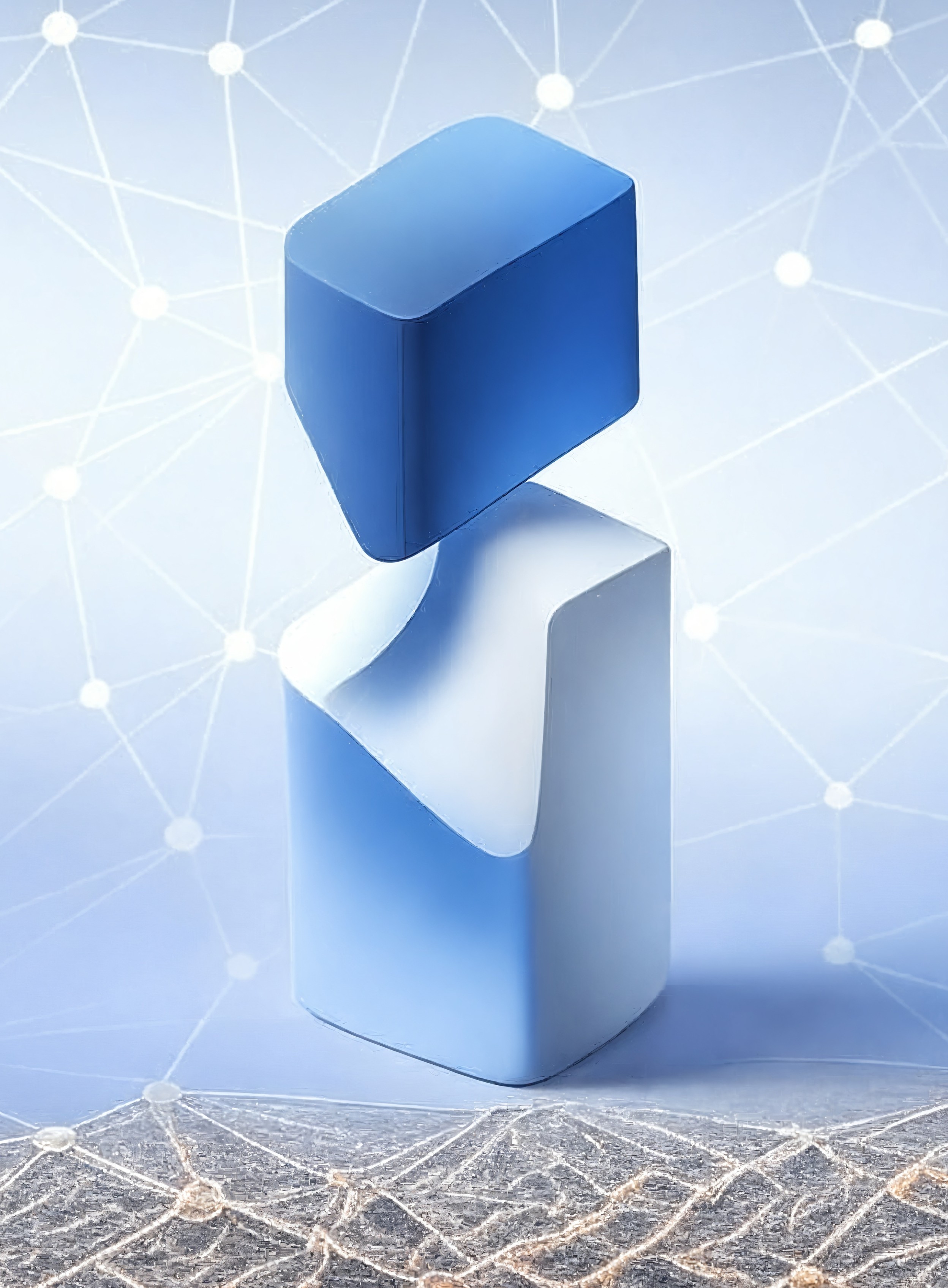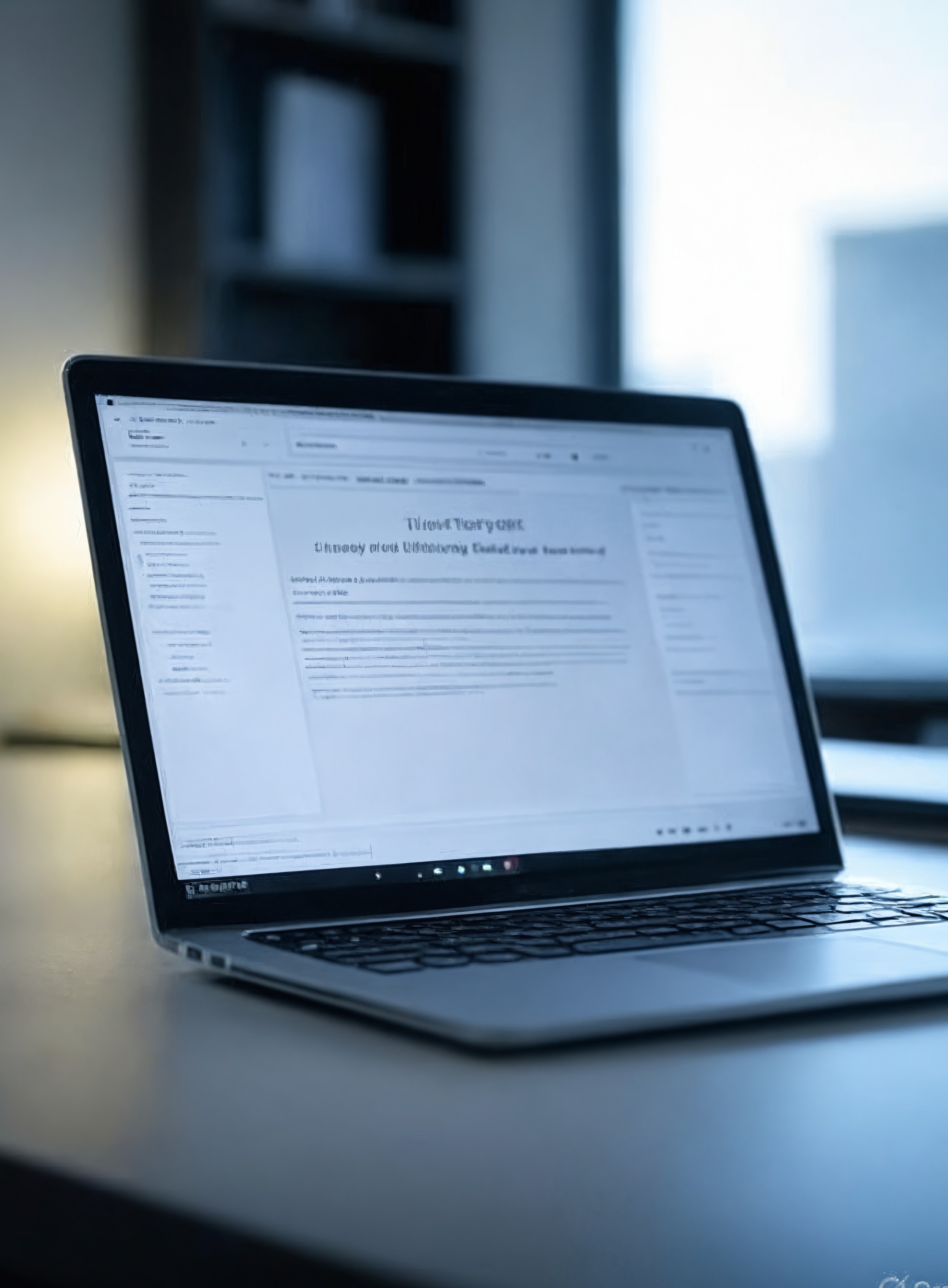
Maximizing Passive Moments in Tech Workflows
People in tech often find themselves staring at progress bars. Builds compiling, tests running, deployments churning—these pauses add up. Yet, these moments hold untapped potential. Instead of scrolling aimlessly, imagine channeling that time into something meaningful, like advancing a side project or sharpening skills. The key lies in rethinking downtime not as wasted, but as a resource.
Tech work demands focus, but interruptions are inevitable. Remote setups and AI tools are reshaping how we handle these gaps. By adopting small, deliberate habits, professionals can transform passive intervals into engines of progress. This isn't about squeezing more hours from the day; it's about working smarter within the constraints we already face.
The Nature of Passive Moments
Passive moments arise from the rhythms of development. Waiting for code to compile or servers to respond creates pockets of time. These aren't long enough for deep dives, but they're perfect for micro-tasks. The challenge comes when side projects live on personal devices, inaccessible from work machines. How do you bridge that gap without crossing boundaries?
Consider the structure of a typical day. In office environments, distractions pull attention away, but remote work offers more control. Studies show remote workers gain about 4.5 extra hours of focused time weekly, thanks to fewer interruptions. This flexibility extends to passive periods, allowing for quick switches to planning or reading without derailing the main workflow.
From a first principles view, productivity isn't linear. It's about aligning tasks with available energy and time. Passive moments fit low-effort activities like reviewing notes or brainstorming ideas. Ignoring them means lost opportunities; harnessing them builds momentum over time.
Common Challenges and Workarounds
One hurdle is the separation of work and personal projects. Company policies often restrict access to external codebases. Yet, progress doesn't require coding. Sketching architectures on paper, outlining features, or researching libraries can advance ideas without touching a keyboard.
Tools like Notion or simple notebooks turn these snippets into actionable plans. Asynchronous communication platforms, such as Slack or Microsoft Teams, enable quick check-ins on collaborative side hustles. The rise in hybrid models—used by 60% of project managers—encourages this fluidity, blending work and personal growth seamlessly.
Another issue is mental fatigue. After intense coding sessions, the brain needs a reset. Passive time suits light learning, like scanning articles on emerging tech. This keeps skills sharp without adding strain.
Leveraging AI and Automation
AI is quietly revolutionizing these intervals. With 78% of companies expected to integrate AI by 2025, tools like GitHub Copilot automate routine checks, freeing up waits for higher-level thinking. Imagine using downtime to prompt an AI for code suggestions or data insights, then refining them later.
Automation extends beyond coding. AI-powered project management can handle task sorting or email drafting during builds. This isn't about replacing human effort but augmenting it. Employees who feel undertrained in these tools miss out; brief tutorials during passive moments can close that gap, turning waits into upskilling sessions.
Think of historical parallels. Early programmers waited hours for mainframe results. Today, cloud infrastructure speeds things up, but waits persist. AI bridges the remaining voids, much like how assembly lines optimized manufacturing pauses.
Micro-Productivity Strategies
Effective strategies focus on bite-sized actions. Reviewing documentation hones understanding without full context switches. Writing specs clarifies project visions, making active coding more efficient later.
Brainstorming fits perfectly here. Jot down ideas for features or bugs, then prioritize them. Tools like ChatGPT can generate outlines or summaries quickly, ideal for short bursts.
Data backs this: Remote setups boost deep-focus work by 22%, partly through better downtime use. Sustained productivity gains of 47% since 2020 highlight how small habits compound.
Industry Trends and Implications
Broader shifts amplify these opportunities. Meeting loads have surged—up 192% in Microsoft Teams since 2020—forcing a reevaluation of time. Optimizing passive moments counters this by reclaiming focus for meaningful work.
Trust plays a role too. Teams with high colleague trust see performance soar, 8.2 times more likely to exceed expectations. Using passive time for coordination via collaboration tools builds that trust, fostering better outcomes.
In cloud and infrastructure realms, passive moments align with DevOps practices. Waiting for deployments? Use the time to monitor metrics or plan scalability. AI integrations in these areas automate monitoring, turning oversight into a passive strength.
Consumer tech benefits similarly. Side projects often involve app development or AI experiments. Passive planning ensures these pursuits don't fizzle out amid daily demands.
Future Predictions and Recommendations
Looking ahead, AI will evolve to anticipate needs, executing tasks autonomously during waits. Imagine tools that detect a build starting and suggest relevant readings or automations.
Flexible work will normalize micro-productivity, spawning new apps tailored for it. Training in AI will become standard, empowering more effective use of these moments.
Recommendations start simple: Track your passive time for a week. Identify patterns and match them to tasks. Experiment with tools like Notion for idea capture or AI assistants for quick queries. Prioritize learning—short videos or articles build expertise incrementally.
Balance is crucial. Not every moment needs filling; sometimes rest recharges. But for those drawn to side projects, these strategies turn potential into progress.
Key Takeaways
Passive moments are inevitable in tech, but they needn't be idle. By embracing micro-tasks, AI tools, and remote work advantages, professionals can advance side projects and skills. Trends point to even smarter integrations ahead, promising workflows where downtime fuels innovation. The real edge comes from seeing these pauses not as interruptions, but as integral to a thoughtful, productive life.
Comments
Read more

Demystifying JavaScript Closures in Modern Apps
Explore how closures power React hooks and asynchronous code, with tips to avoid stale closures and optimize performance in web development.

Instant Text to PDF: Privacy and Efficiency Redefined
Explore how new tools convert text to PDF instantly while prioritizing privacy, AI integration, and seamless workflows in a data-conscious world.

NVIDIA Spectrum-X Boosts Meta and Oracle AI Centers
Explore how NVIDIA's Spectrum-X Ethernet switches are transforming AI data centers for Meta and Oracle, enhancing efficiency and scalability for massive AI models.